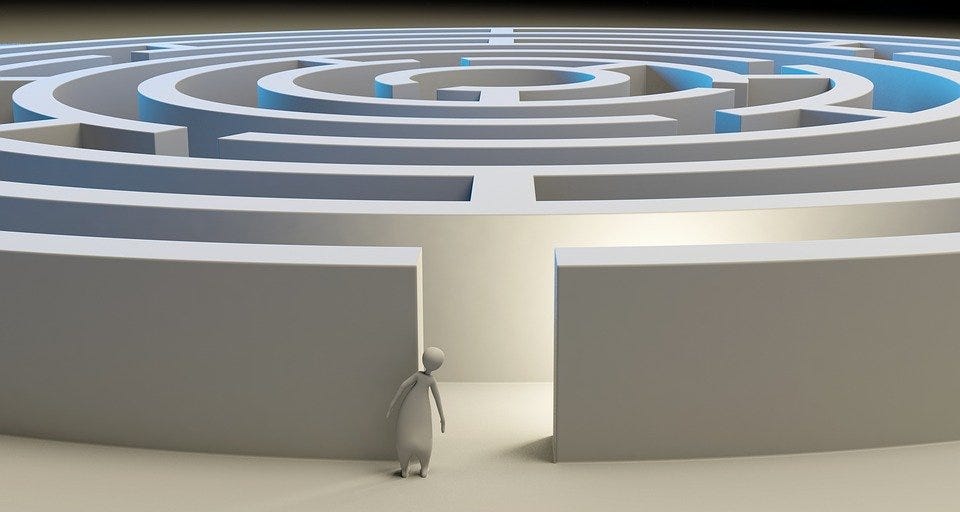

UI/UX Design: The 7 Feature Limit
source link: https://uxplanet.org/ui-ux-design-the-7-feature-limit-361c67b07d59
Go to the source link to view the article. You can view the picture content, updated content and better typesetting reading experience. If the link is broken, please click the button below to view the snapshot at that time.
Responses
You have 2 free member-only stories left this month.
UI/UX Design: The 7 Feature Limit
Why your next great product should focus on no more than seven exceptional features.
Overview
Many times as designers, we find ourselves being asked to design around, for, or with respect to additional features. It can be hard to know exactly when and where to constrain product scope in order to improve overall UX.


No user honestly wants the Walmart of apps: a boatload of low-quality, low-impact features that they have dig through by section, just to find something that sort of works for them, sometimes, if they’re lucky.
Today, we’ll be going over why limiting your product to no more than seven main features can really help you get clear on exactly what you’re designing, and how it will deliver value to your users.
Cutting through the fluff
Let’s be honest, we’ve all seen and heard it dozens of times:
“The client needs this,” or “oh, the customer wants that.”

Do they? Have we asked them? Are we sure? Where is this coming from? In an effort to pad the product’s resume, garner a quick win, and/or appease stakeholders, many times features are added that are totally unnecessary or irrelevant for the actual users of the product.
The reason this is a problem is that you and your team will spend countless hours on designing/developing features that could have been done away from the beginning. Don’t waste time on features that don’t matter, focus on the hard ones that really do.
Value is driven by need
At the end of the day, all value is driven by need, which is created by a gap:
“Value is the gap between what clients can do for themselves and what we can do for them.”

This is the essence that we have to get to as designers, researchers, and creators. We cannot allow value to get snowed in by scope creep, and we sure as hell can’t let necessary features get eclipsed by specification hand-waving.
The goal of all UI/UX design is simple: identify the real needs and wants or real users and design a solution that fits the bill.
The 7 Feature Limit
So when it comes to actual features, we have data that we have collected from our users, both qualitative and quantitative, that tell us what and why they want what they want.

This is where the seven feature limit really comes into play:
The reason you want to limit your feature set is because you want to increase your product’s focus.
By decreasing extensity, you increase intensity, and rule out features that could confuse your users or make it harder to communicate your
product’s unique value.
Why should a user use your product? What is your product’s clear competitive advantage? If you can’t answer these questions immediately, you’ve already lost the market, and your user can’t tell the difference between your product and your competitor’s.
Why this matters for you
By limiting feature set, you establish a firm goal. A baseline of expectations that your user can reliably have about your product, and what unique value it will deliver for them consistently & continuously.
Without these, your user has no compelling reason to use your product, and it will dead on arrival.
So instead of maxing out features and scope, max out quality. Max out focus, and max out delivery of results. Keep your focus tight, your goals clear, and your product user-centric.
I challenge you to try this on your next great product or idea. Who does it serve? What problems does it solve, and how could you limit its scope to seven key features that really deliver the most value for your users?
Let me know how it goes in the comments!
Recommend
About Joyk
Aggregate valuable and interesting links.
Joyk means Joy of geeK

